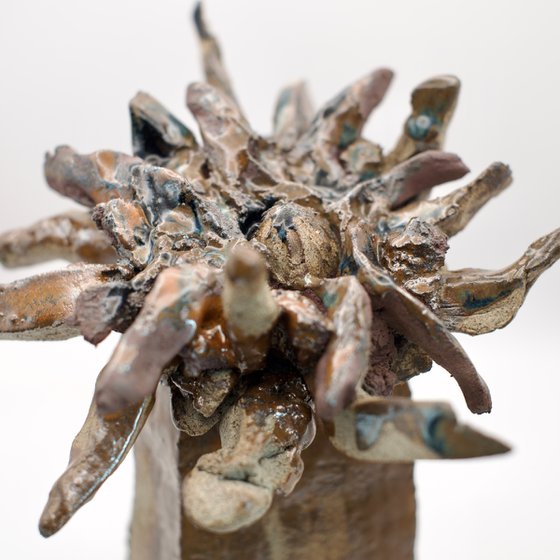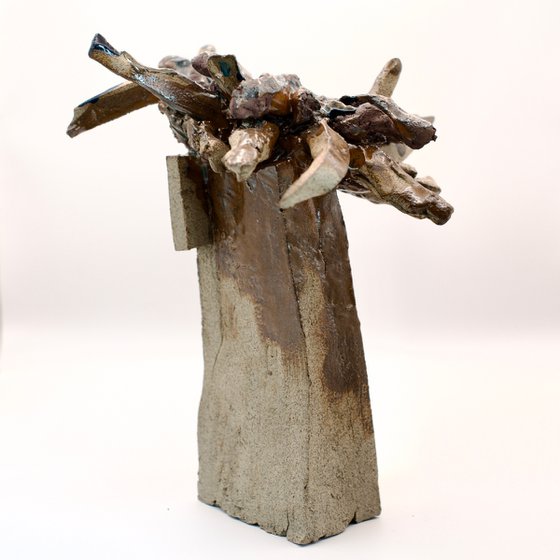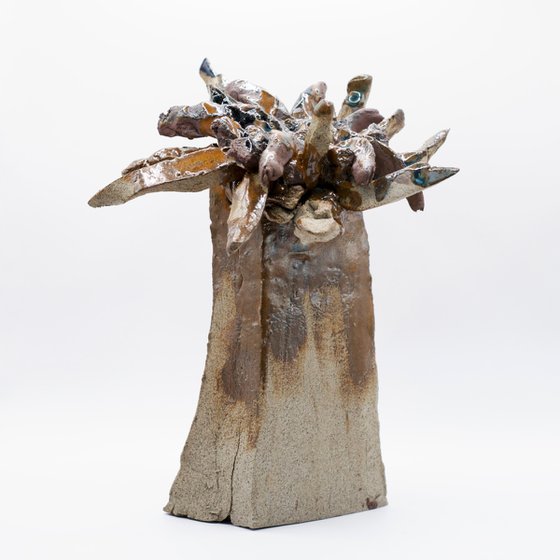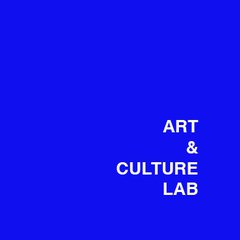Main Navigation
Original artwork description:
Ophelia’s Flowers is a ceramic sculpture series crafted in wild clay that explores the historical and emotional use of flowers as carriers of hidden messages. Rooted in literary, cultural, and contemporary references, the project draws on Ophelia’s floral symbolism in Shakespeare’s Hamlet, the coded language of Victorian floriography, and the semiotics of modern-day emojis.
In Hamlet, Ophelia appears in a state of unraveling, handing out flowers - both real and imagined - each one weighted with symbolic meaning: rosemary for remembrance, fennel for deceit, violets for faithfulness, and daisies for innocence. These flowers become the only means through which she communicates grief, anger, and love, making them powerful tools of expression when spoken language fails.
During the Victorian era, this practice evolved into floriography: a system in which flowers conveyed messages that social decorum often forbade. A carefully selected bouquet could confess love, warn of betrayal, or express mourning, acting as a discreet emotional language.
Today, emojis continue this lineage. A single blossom, heart, or flame in a text can condense complex emotional states into universally understood symbols. Like flowers in history, emojis offer immediacy, intimacy, and ambiguity.
The sculptures in Ophelia’s Flowers reimagine these symbolic flowers in tactile, earthy forms. Made with wild clay - raw and irregular - they emphasize nature’s authenticity and the physical presence of symbols that are often ephemeral. Each piece reflects a specific flower once used to encode emotion, connecting historical gesture to contemporary digital shorthand.
Through this fusion of references, the series invites reflection on the enduring human need to communicate through metaphor - silent, poetic, and often more honest than words.
Materials used:
Wild clay and glazes
Tags:
#sculpture #ceramic #shakespeare #floriographyFeatured by our Editors:
Ophelia's Flowers II (2025) Clay sculpture
by Bo Jessen Fogh Laursen
£305.52
- Clay sculpture on Other
- One of a kind artwork
- Size: 21 x 25 x 23cm
- Signed on the back
- Style: Expressive and gestural
- Subject: Flowers and plants
Loading
Original artwork description
Ophelia’s Flowers is a ceramic sculpture series crafted in wild clay that explores the historical and emotional use of flowers as carriers of hidden messages. Rooted in literary, cultural, and contemporary references, the project draws on Ophelia’s floral symbolism in Shakespeare’s Hamlet, the coded language of Victorian floriography, and the semiotics of modern-day emojis.
In Hamlet, Ophelia appears in a state of unraveling, handing out flowers - both real and imagined - each one weighted with symbolic meaning: rosemary for remembrance, fennel for deceit, violets for faithfulness, and daisies for innocence. These flowers become the only means through which she communicates grief, anger, and love, making them powerful tools of expression when spoken language fails.
During the Victorian era, this practice evolved into floriography: a system in which flowers conveyed messages that social decorum often forbade. A carefully selected bouquet could confess love, warn of betrayal, or express mourning, acting as a discreet emotional language.
Today, emojis continue this lineage. A single blossom, heart, or flame in a text can condense complex emotional states into universally understood symbols. Like flowers in history, emojis offer immediacy, intimacy, and ambiguity.
The sculptures in Ophelia’s Flowers reimagine these symbolic flowers in tactile, earthy forms. Made with wild clay - raw and irregular - they emphasize nature’s authenticity and the physical presence of symbols that are often ephemeral. Each piece reflects a specific flower once used to encode emotion, connecting historical gesture to contemporary digital shorthand.
Through this fusion of references, the series invites reflection on the enduring human need to communicate through metaphor - silent, poetic, and often more honest than words.
Materials used:
Wild clay and glazes
Tags:
#sculpture #ceramic #shakespeare #floriographyFeatured by our Editors:
14 day money back guaranteeLearn more



